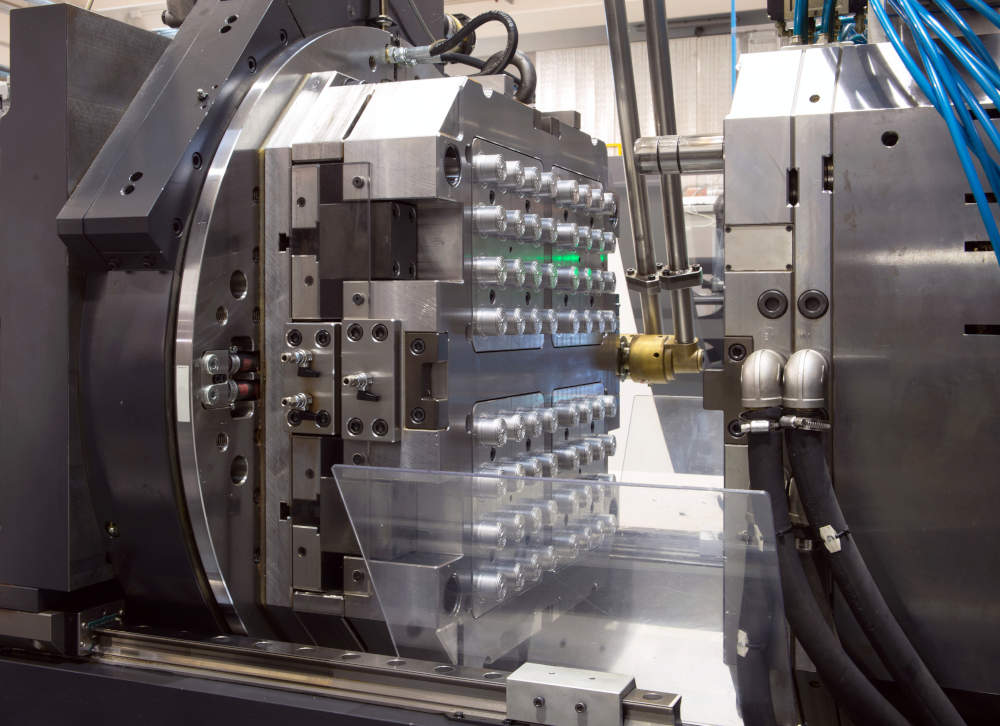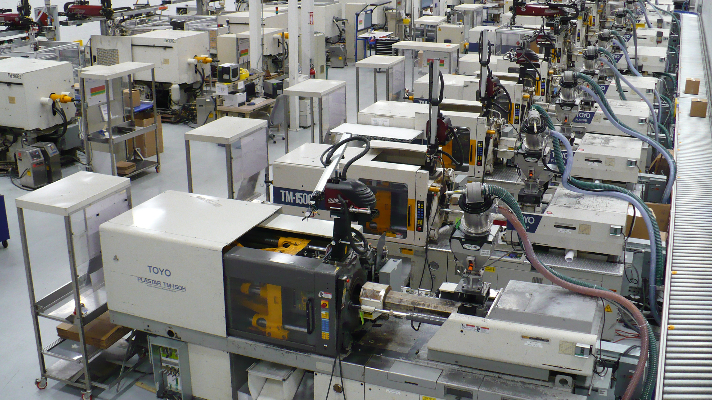The Impact of Plastic Injection Molding on Minimizing Production Expenses and Waste
The Impact of Plastic Injection Molding on Minimizing Production Expenses and Waste
Blog Article
A Comprehensive Guide to the Plastic Injection Molding Modern Technology
Plastic shot molding stands as a foundation of modern-day production, providing unparalleled performance and precision in the production of facility plastic elements. As the landscape of manufacturing develops, understanding the future trajectory of injection molding ends up being significantly crucial.

Overview of Plastic Injection Molding
Plastic shot molding is a commonly used production procedure that enables the effective manufacturing of facility plastic parts with high precision. This technology has actually come to be a foundation in different industries, including auto, consumer products, and electronics, owing to its ability to create large amounts of components quickly and cost-effectively.
The process entails melting plastic granules and infusing the molten material right into a pre-designed mold. Once cooled down, the mold and mildew is eliminated to disclose the ended up part, characterized by its elaborate information and uniformity. The versatility of products utilized in plastic shot molding, ranging from thermoplastics to thermosetting polymers, enables producers to customize products to satisfy certain demands, such as versatility, resistance, and strength to warm or chemicals.
Additionally, the efficiency of this approach lowers waste and lessens manufacturing prices, making it an appealing alternative for services intending to enhance their manufacturing procedures. As modern technology advances, technologies such as multi-material shot molding and the combination of automation continue to improve the abilities of plastic injection molding, enabling the production of increasingly innovative products that satisfy the needs of modern-day markets.
The Injection Molding Refine
Injection molding is a sophisticated production strategy that includes a number of important actions to change raw plastic products right into ended up items. The process begins with the prep work of plastic pellets, which are fed right into a warmed barrel. Below, the pellets are thawed and homogenized to attain an uniform thickness.
As soon as properly heated, the liquified plastic is injected right into a specifically engineered mold under high stress. This step is essential, as it enables the product to fill up every tooth cavity of the mold and mildew, making certain the final product properly shows the desired layout. The injection time need to be very carefully regulated to stop flaws and ensure effective product use.
After the mold and mildew is loaded, it undergoes a cooling stage, where the plastic strengthens into its last shape. This cooling procedure can differ in period depending on the thickness and intricacy of the part. As soon as cooled, the mold opens up, and the finished item is expelled.
Secret Benefits of This Modern Technology
One of the most considerable advantages of shot molding modern technology lies in its capacity to generate high quantities of constant and exact components with minimal waste. This efficiency comes from the computerized nature of the process, which considerably lowers manual work and the potential for human mistake. Because of this, manufacturers can accomplish a high level of repeatability in their result, making sure that each component meets strict high quality standards.
Another trick advantage is the versatility of materials that can be utilized in injection molding. A variety of thermoplastics and thermosetting polymers can be molded, permitting customized residential properties to match certain applications. Furthermore, the modern technology sustains elaborate designs and complicated geometries, which can be testing to accomplish with various other manufacturing approaches.
The preliminary financial investment in molds may be high, but the long-term financial savings in material waste and labor make shot molding an economically feasible alternative. These benefits strengthen shot molding's placement as a preferred production procedure throughout different industries - Plastic Injection Molding.
Applications Across Industries

In the medical area, shot molding is essential for producing high-grade, clean and sterile parts, consisting of syringes, surgical tools, and housings official site for clinical devices. The ability to keep tight resistances and create complicated geometries makes it an excellent option for these applications. Furthermore, the packaging sector take advantage of injection molding by generating a vast array of containers, closures, and dispensers that are both economical and reliable.
The plaything industry depends heavily on shot molding to create vibrant, durable, and secure items that interest youngsters. Lastly, the construction sector makes use of injection molding for generating numerous fixtures, fittings, and parts that contribute to both capability and layout. In general, the wide variety of applications demonstrates the essential function of shot molding innovation in progressing different sectors.
Future Patterns in Shot Molding
Accepting developments in modern technology, the future of shot molding is poised for considerable transformation driven by developments in products, automation, and lasting practices. One of one of the most notable patterns is the advancement of recycled and bio-based polymers, which not only decrease dependence on nonrenewable fuel sources yet also lessen ecological influence. As suppliers increasingly focus on environmentally friendly options, these products are coming to be a lot more prevalent in manufacturing.
Automation is one more key trend shaping the industry. The assimilation of robotics and fabricated knowledge into the injection molding procedure improves production, performance, and precision speed. Smart manufacturing facilities furnished with IoT gadgets allow for real-time tracking and predictive maintenance, lowering downtime and optimizing operational procedures.
In addition, the shift towards personalized and small-batch manufacturing is obtaining momentum. Advanced modern technologies such as 3D printing and additive manufacturing make it possible for quick prototyping and the creation of complicated geometries that were formerly unattainable. This shift enables companies to react better to market demands and customer preferences.
Verdict
In verdict, plastic injection molding technology represents a cornerstone of modern-day production, using effectiveness and flexibility in generating complicated components across diverse markets. The detailed assessment of the shot molding procedure highlights its vital stages and benefits, while the site web exploration of applications underscores its prevalent relevance.
Plastic shot molding stands as a keystone of modern manufacturing, supplying unmatched performance and accuracy in the production of complicated plastic parts (Plastic Injection Molding). The convenience of materials made use of in plastic shot molding, varying from thermoplastics to thermosetting polymers, permits producers to customize products to meet details needs, such as you can try these out resistance, versatility, and stamina to warm or chemicals
Injection molding is an advanced manufacturing technique that entails several crucial actions to change raw plastic products into ended up items.The adaptability and effectiveness of shot molding innovation have actually led to its prevalent adoption across numerous industries.In conclusion, plastic injection molding technology stands for a cornerstone of contemporary production, using effectiveness and flexibility in creating complex parts throughout diverse markets.
Report this page